This month, I’ve decided to take a look at something many players often take for granted: the type of pick to use and why to use it. As you might imagine, I’ve used just about every conceivable type of pick. Shapes, materials, sizes—you name it, I’ve used it. When I was coming up, there weren’t that many brands of picks available. Basically, it was Fender and Gibson. Around that particular time (the late ’60s), the Herco brand of picks was also just starting to make its debut in the marketplace.
In the beginning, there was the Fender “medium” 351 pick made from faux tortoiseshell celluloid. I found out after trying several different variations of Fender’s 351 that the different colors had different sound and attack characteristics. For example, the white versions of the 351 were richer sounding than the tortoiseshell pick of the same gauge! The standard tortoiseshell version sounded brighter to my ear. Although I’ve long been asking why these differences should be so noticeable, the fact that they are is great in and of itself, because it gives us another controllable choice in our personal tone production.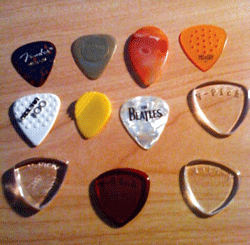
It constantly amazes me what some players use for picks. Brian May famously used a British sixpence coin, while across the Atlantic Billy Gibbons used a flattened Mexican peso. We all know that both guitarists have vastly different tones. The gauge of string used by May and Gibbons were also miles apart in the mid to late ’70s. May used extremely light strings, whereas Billy Gibbons used gauges somewhere in the neighborhood of .011–.050 on his famed Pearly Gates Les Paul—and the tones produced by both players are no less than legendary! I’ve heard that John McLaughlin fashions his own picks from plastic pie plate containers. Hey, it sure works for him!
There were also picks coming out that were made from different materials, like agate. I was one of the sales reps for the original stone Min’d pick, which completely changed the way picks were viewed. The concept was to let the pick do all the work for you. These huge agate picks didn’t flex at all, and players found out very quickly that their technique usually changed for the better due to the massive torque from the sheer weight of the picks. Later on, in the ’80s and ’90s, a Japanese company named Pick Boy introduced a 351-shaped pick with tiny holes punched into it to eliminate pick slippage. Much earlier on there had been picks made by Kay with a single hole punched in the center. Personally, I didn’t like the feel of my skin coming through the pick and touching more skin on the other side—it was weird and uncomfortable. Of course, what’s wrong for one player could be the best thing for someone else. There was another pick called the Kradl Pick, which had “stepped-ledges” of plastic molded around the top edge to make it easier to hold on to for longer periods of time.
Since the use of nitrocellulose has subsided considerably (due to the fact that it’s very flammable), there have been many more recent evolutions in the guitar pick as we know it. At the 2008 Summer NAMM show in Nashville, I heard of a revolutionary new pick. A friend of mine happened to get a sample, and when I saw the size and thickness of the V-Pick, I knew exactly what it was going to do for my own technique. There were, however, other surprises in store for me, as I later found. V-Picks are available in an array of different shapes and thicknesses, so it is really easy to find what you’re looking for. In my opinion, the V-Pick defies the laws of physics! Years ago, when I played a Rickenbacker 12-string, I discovered that using a thin pick gave me more of that jangle factor without the aid of a compressor. Since some of the V-Picks have a sharp beveled edge that produces a strong tone on the initial attack, I’ve found it can preserve that jangle, despite being many times thicker than the plastic pick I used before. This got me very intrigued.
The V-Pick is now my most favored and most often used type of pick. For players who have picking-hand or wrist injuries, the V-Pick makes a line of picks many have found to be therapeutic for such injuries. I’ve seen what these 8.75mm thick monsters can do, and they have become critical equipment for some injured players to be able to play effectively again. This is a truly wonderful thing, and I applaud people with such a vision. The tone of the V-Picks is huge and full of authority, and there’s also a side benefit to these as well. When the pick has been in your hand for a few minutes, you’ll feel it get warm and actually stick to your fingers, so it’s virtually impossible to drop! These have done wonders for me and for my technique. Have fun, and we’ll see you next month.
Dean Farley
Dean is the chief designer of "Snake Oil Brand Strings" (sobstrings.net) and has had a profound influence on the trends in the strings of today.

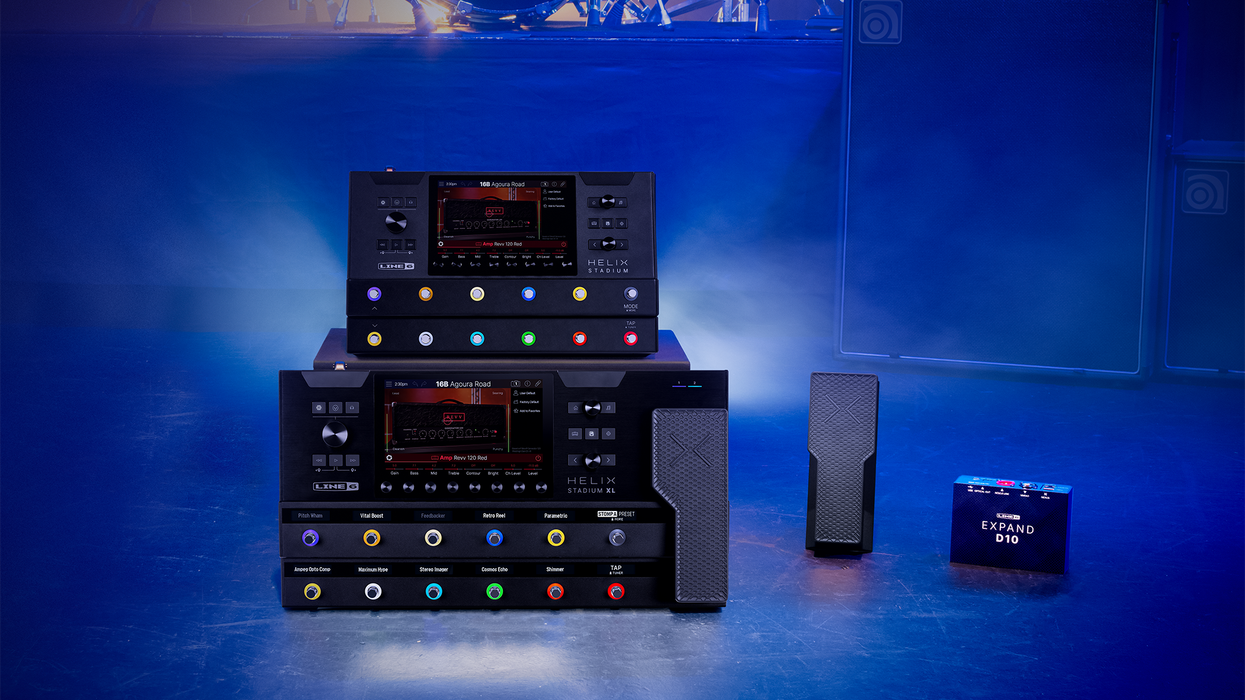

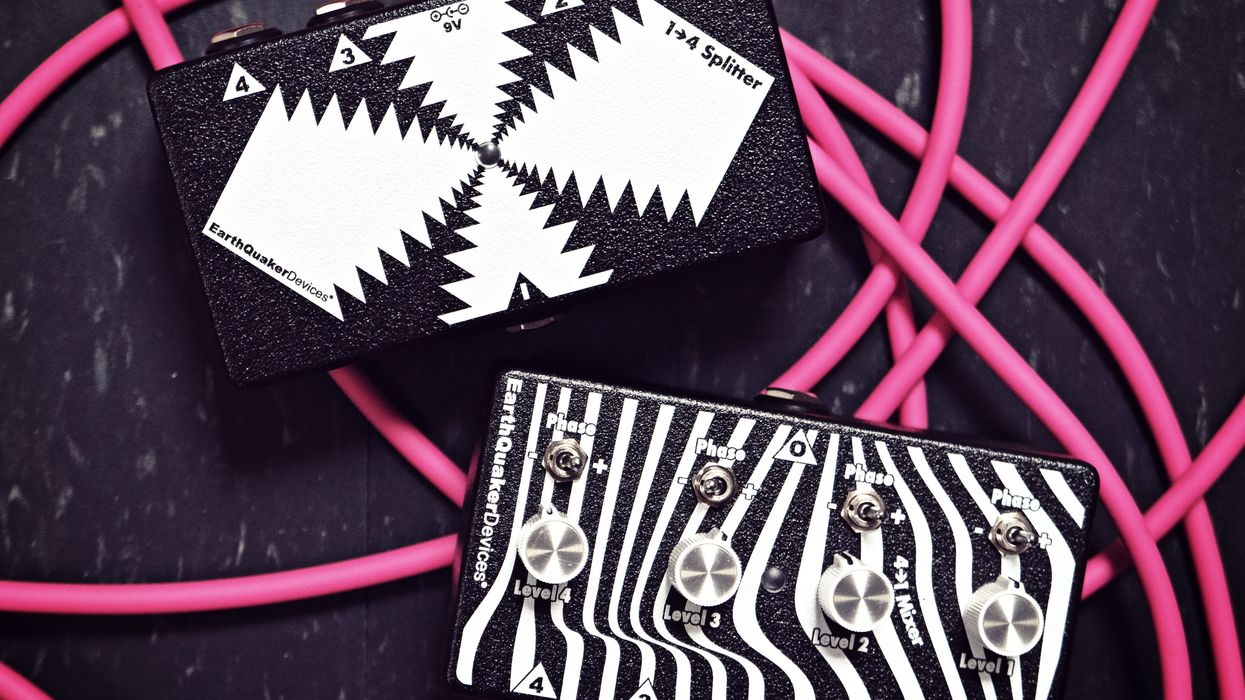

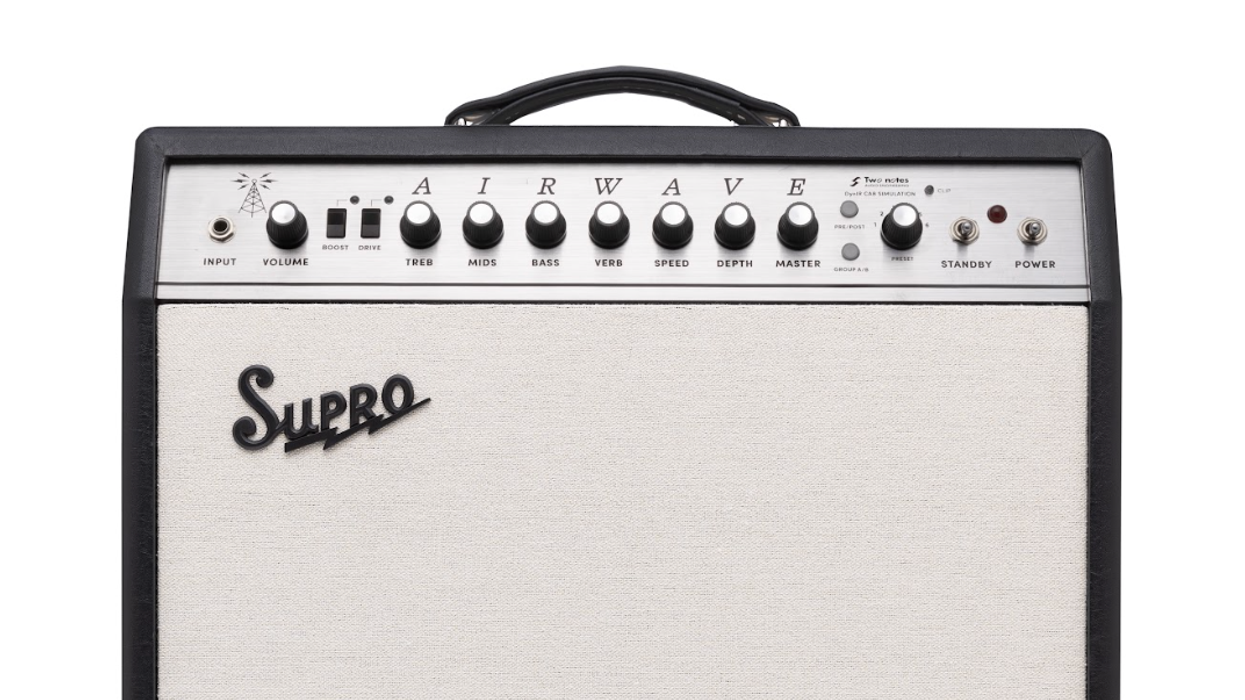

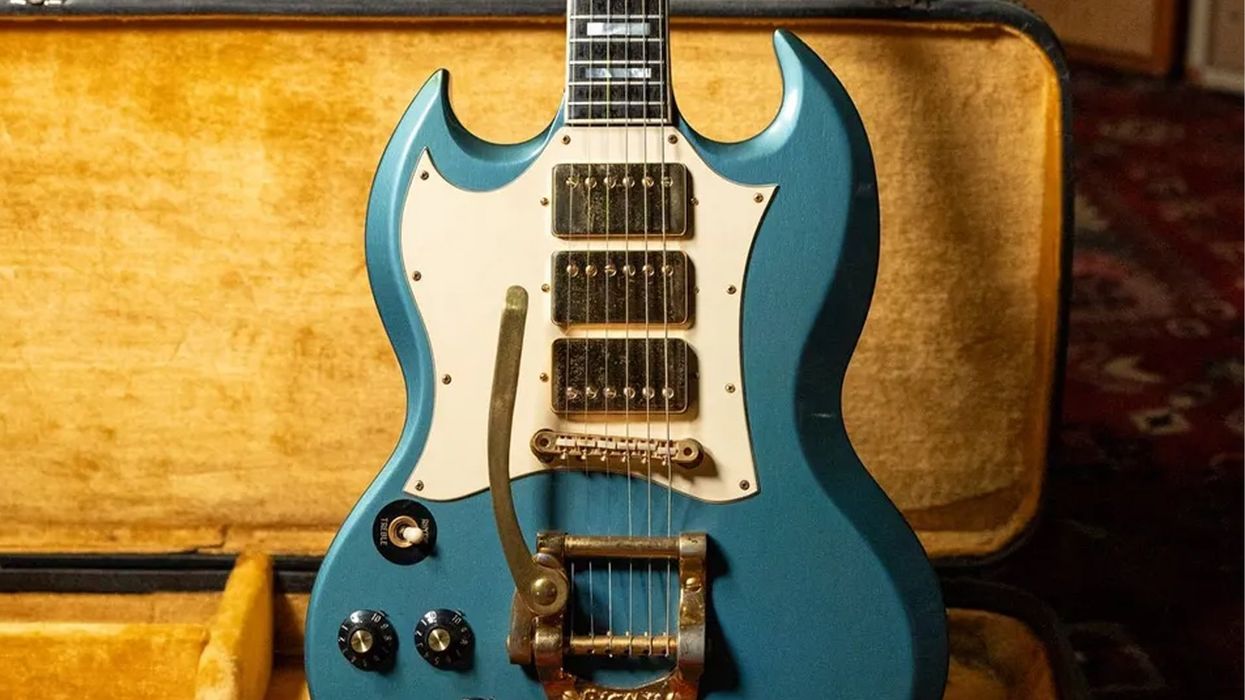


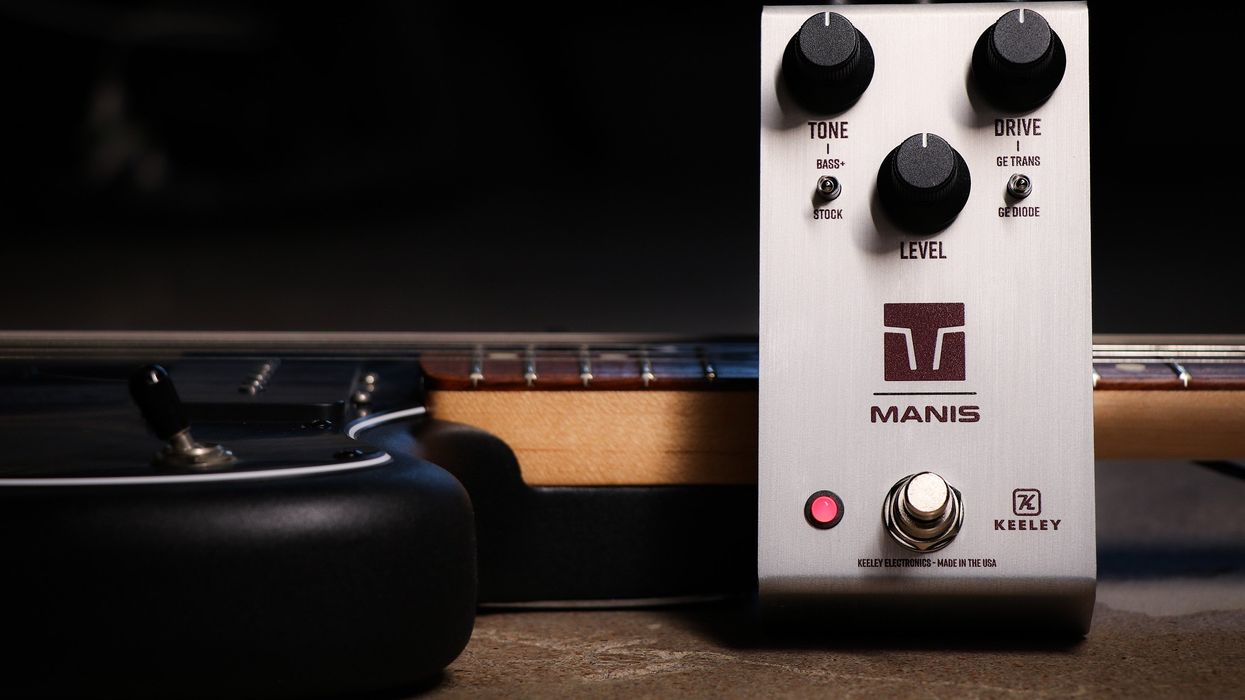
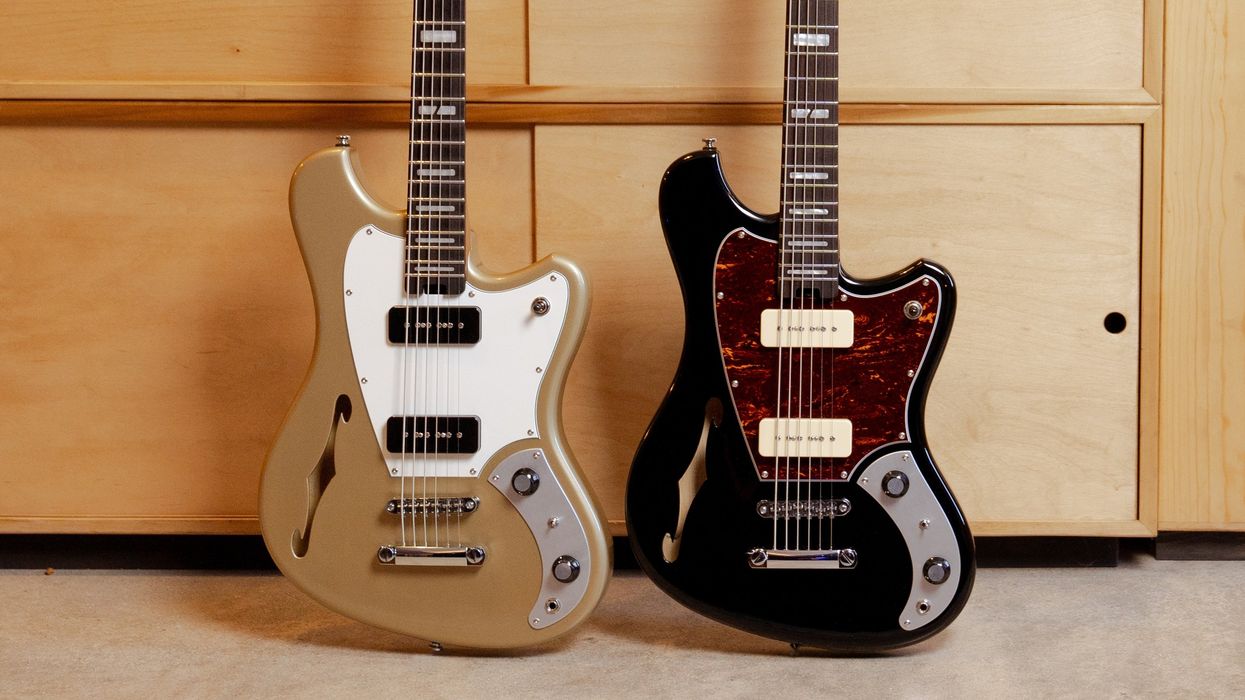
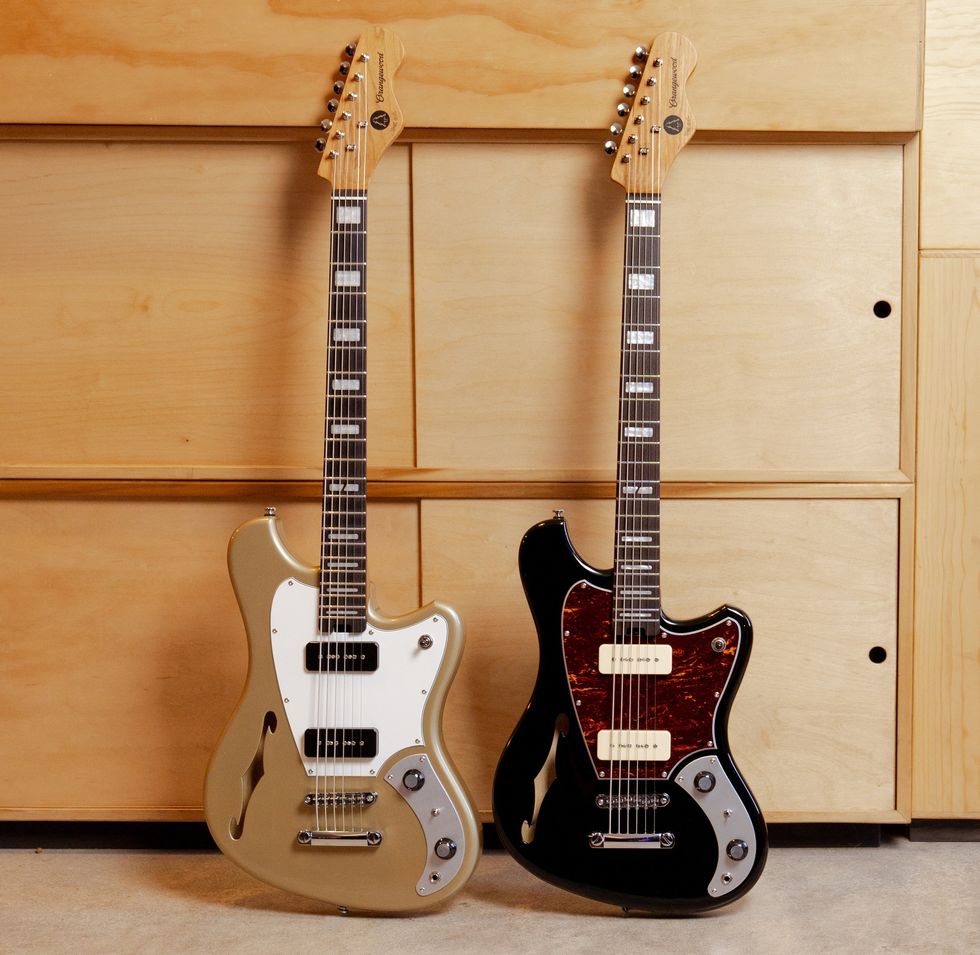 Orangewood Launches First Electric Guitar: The Del Sol Baritone
Orangewood Launches First Electric Guitar: The Del Sol Baritone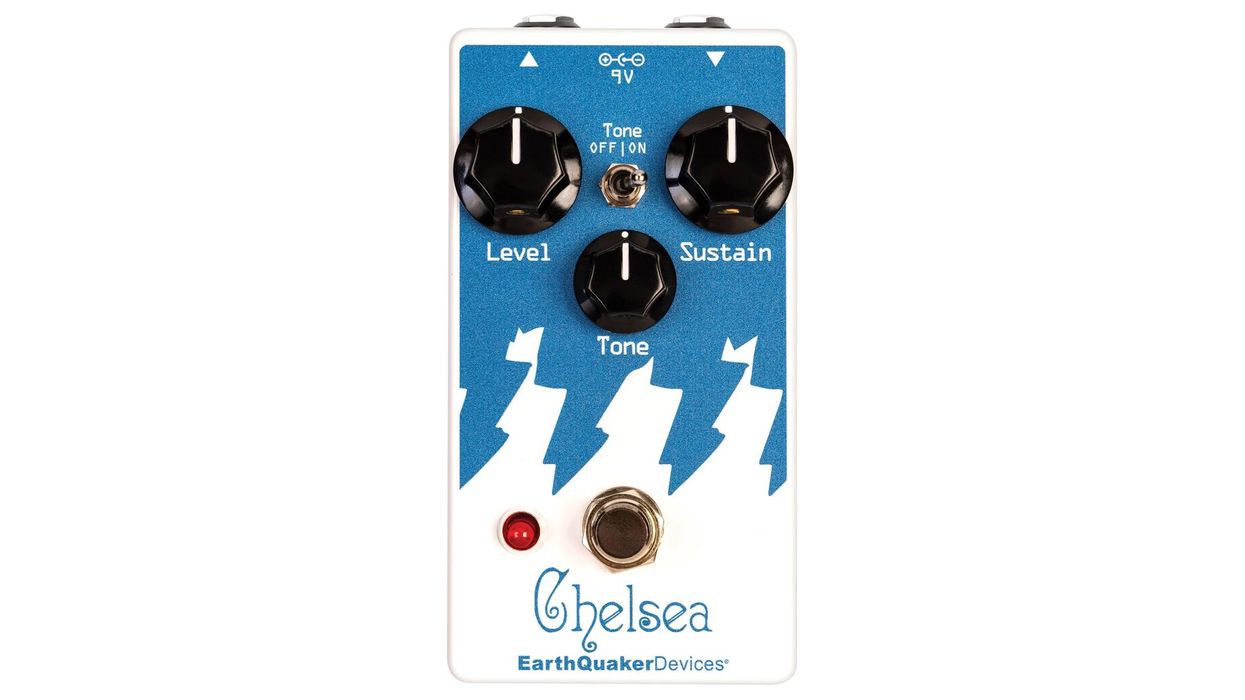


 Boyd Holbrook is a fan of “Dueling Banjos.”Photo by Leo Jacob
Boyd Holbrook is a fan of “Dueling Banjos.”Photo by Leo Jacob
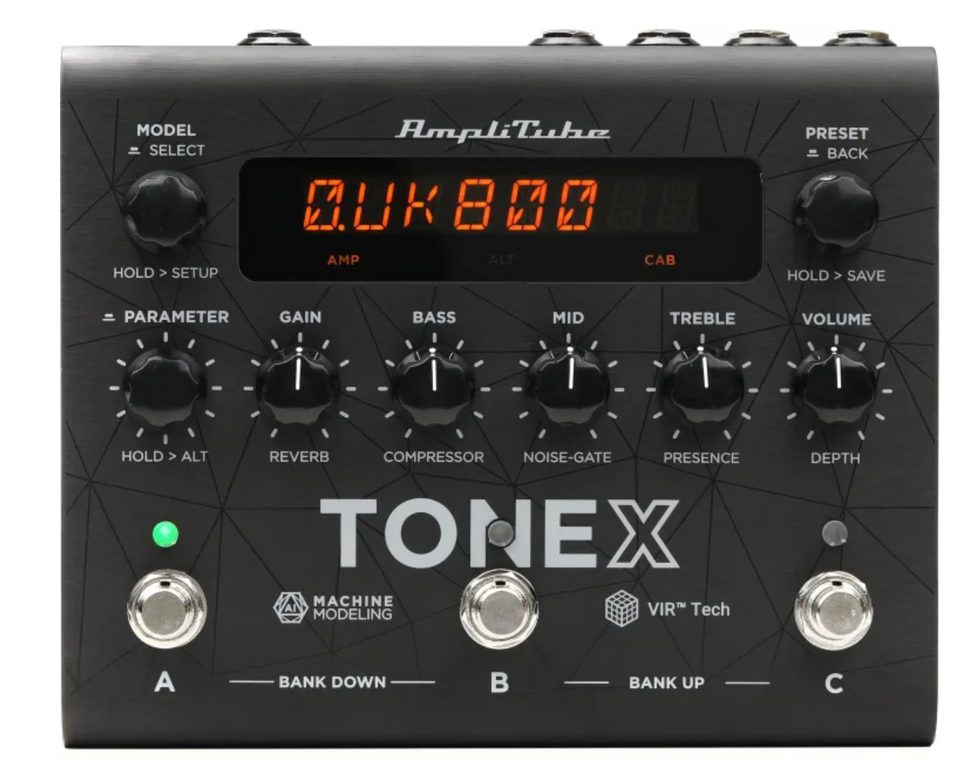

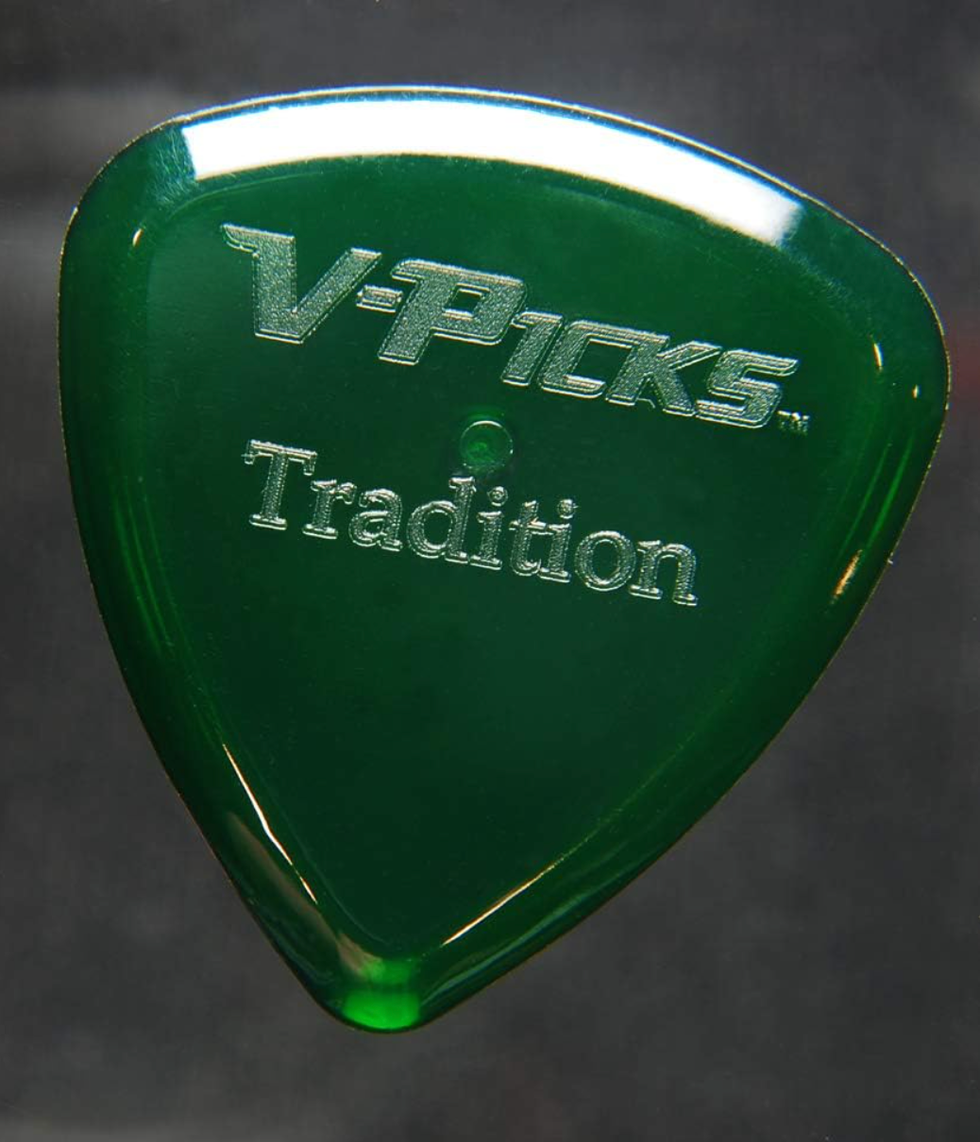
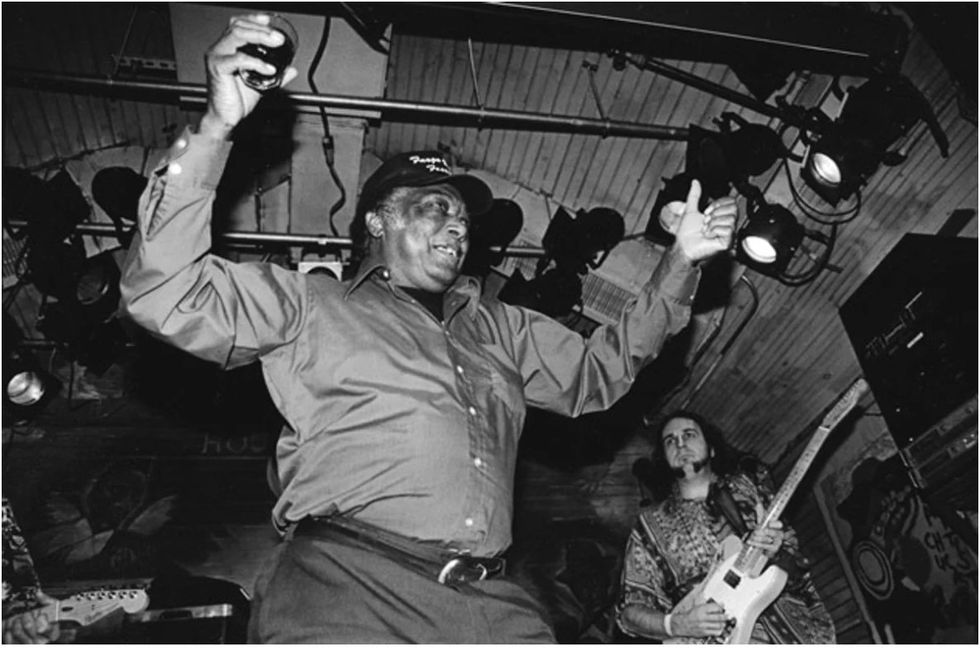
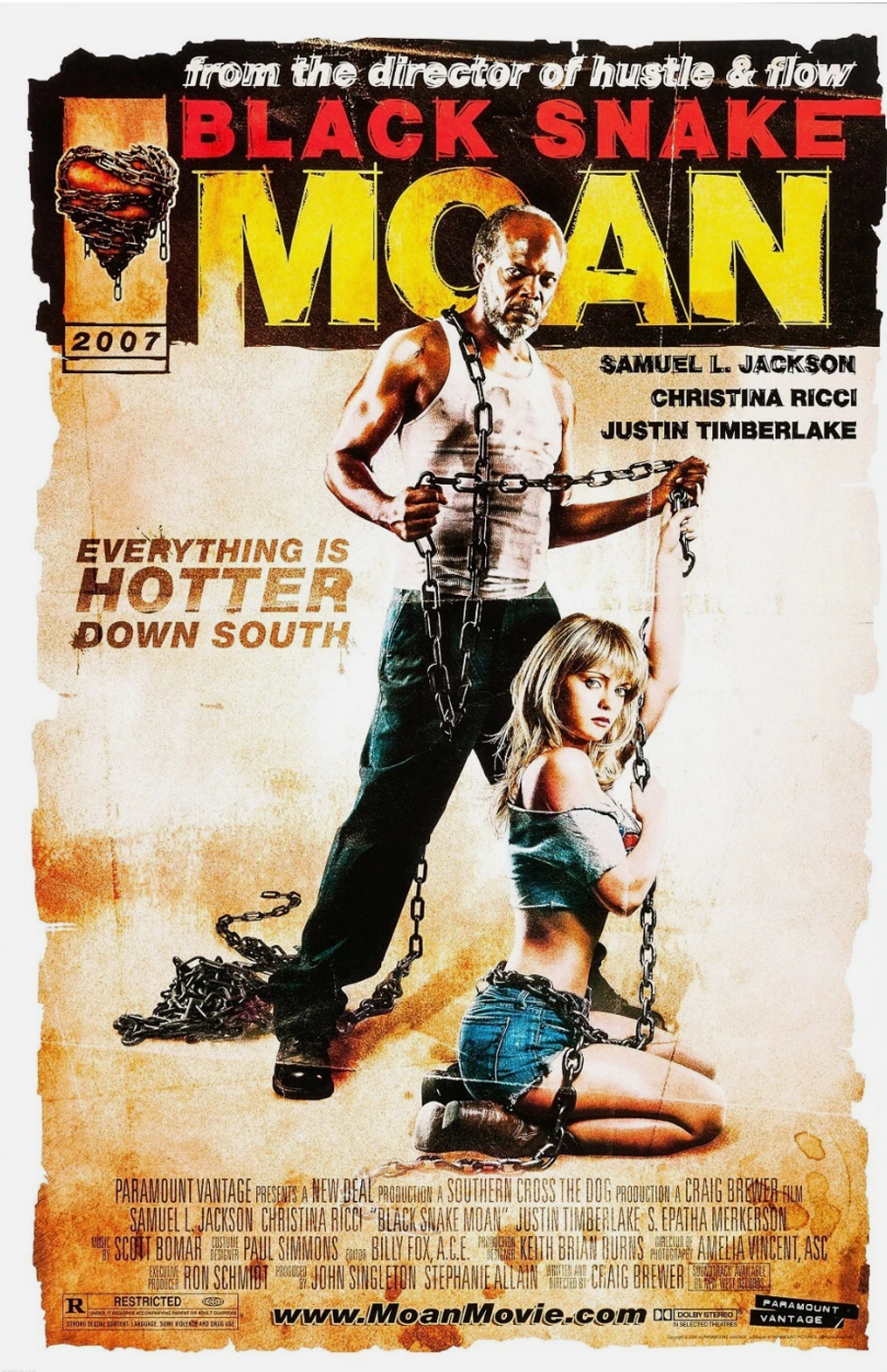

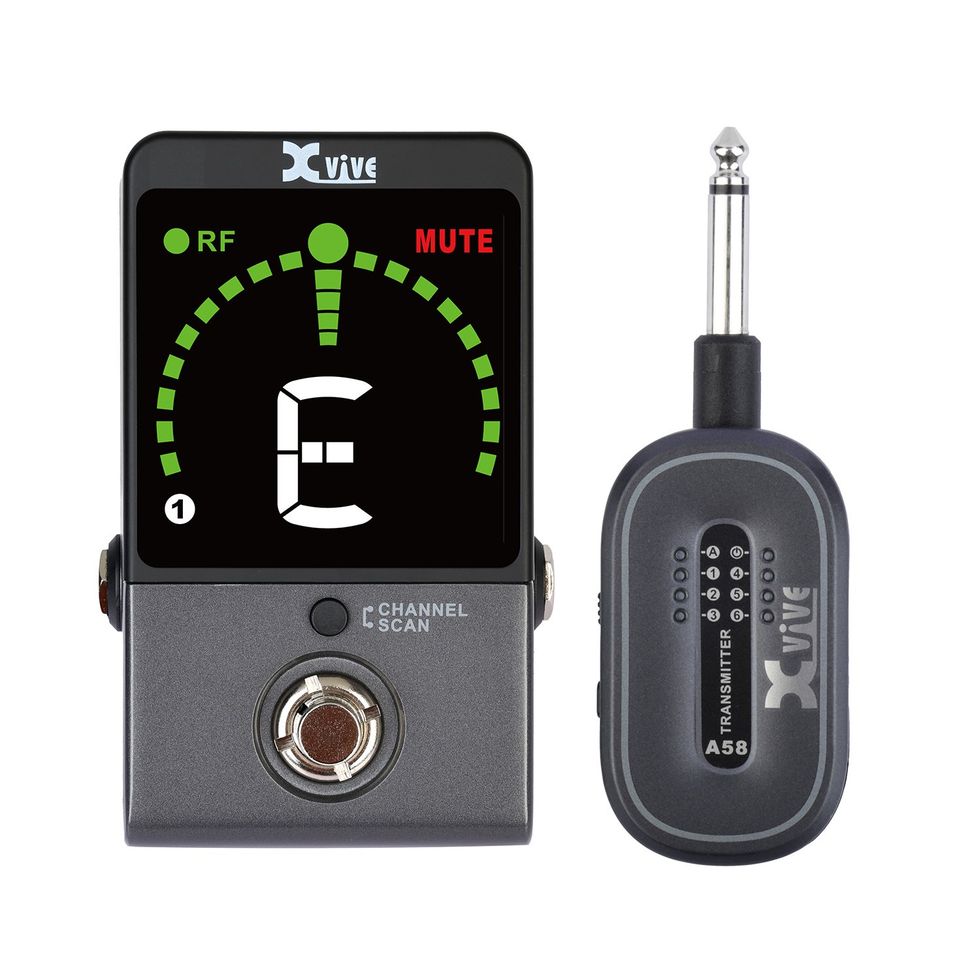 Xvive Combines 5.8 GHz Guitar Wireless with a Multi-FeaturedChromatic Tuner
Xvive Combines 5.8 GHz Guitar Wireless with a Multi-FeaturedChromatic Tuner